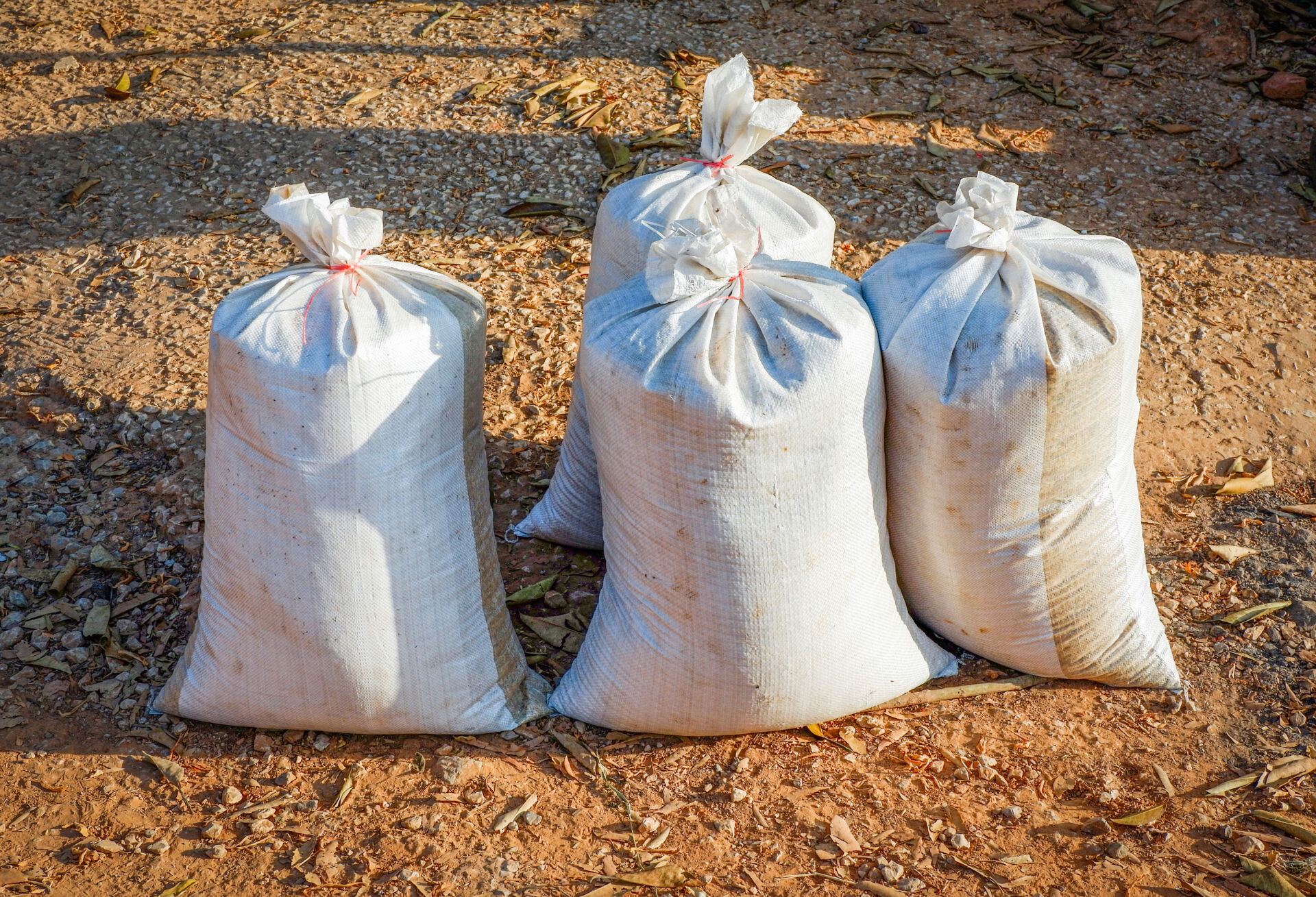Other impacts arising from the use of fertilisers and soil ameliorants (for example on water quality, soil quality, biodiversity or greenhouse gas emissions) are included under those impact categories.
Metric:
Amount of fertiliser/soil ameliorant used, by type
Type
Related framework / metric
TNFD: C2.0, FA.A2.1
Units
Example target
Example methods / guidance / references
What are tiers?
Tier 1
Estimate using own judgement and observations
For example, estimate from purchase and/or application records.
Tier 2
Estimate using third-party professional estimates or public data
Tier 3
Model or measure based on site-specific surveys/sampling, remote or in-field sensing, laboratory analysis, etc.
For example, measure using machine sensing data.
Example data sources
Internal records
Third-party data sources
Site-specific measurements or model outputs
Notes
This metric only reflects one aspect of the impacts of fertiliser use, i.e. the consumption of natural resources such as potash and fossil fuels. Other potential impacts, e.g. on water quality and greenhouse gas emissions, are considered under those headings.
Note that TNFD core global disclosure metric C2.0 “Pollutants released to soil (tonnes) by type, referring to sector-specific guidance on types of pollutants”, which is aligned with NCMC metric “Contamination and waste“, is interpreted as including nitrogen, phosphorus, and, where relevant, potassium and other nutrients (e.g. micronutrients) for Agricultural products; Meat, poultry and dairy industries. However, many fertilisers and soil ameliorants are based on non-renewable natural resources and therefore have an impact on natural capital through the depletion of these environmental assets, regardless of whether they may then become pollutants if applied in excess to ecosystem requirements. Therefore it can be helpful to measure fertiliser and soil ameliorant use as a separate impact metric to the release of pollutants to soil (NCMC “Contamination and waste” metric).
Variants of this metric include:
TNFD Food and agriculture additional disclosure metric FA.A2.1: “Nitrogen use efficiency (NUE), ratio of total N inputs and total N outputs to produce a crop, animal product or agrifood product.”
Last updated: 5th September 2025

